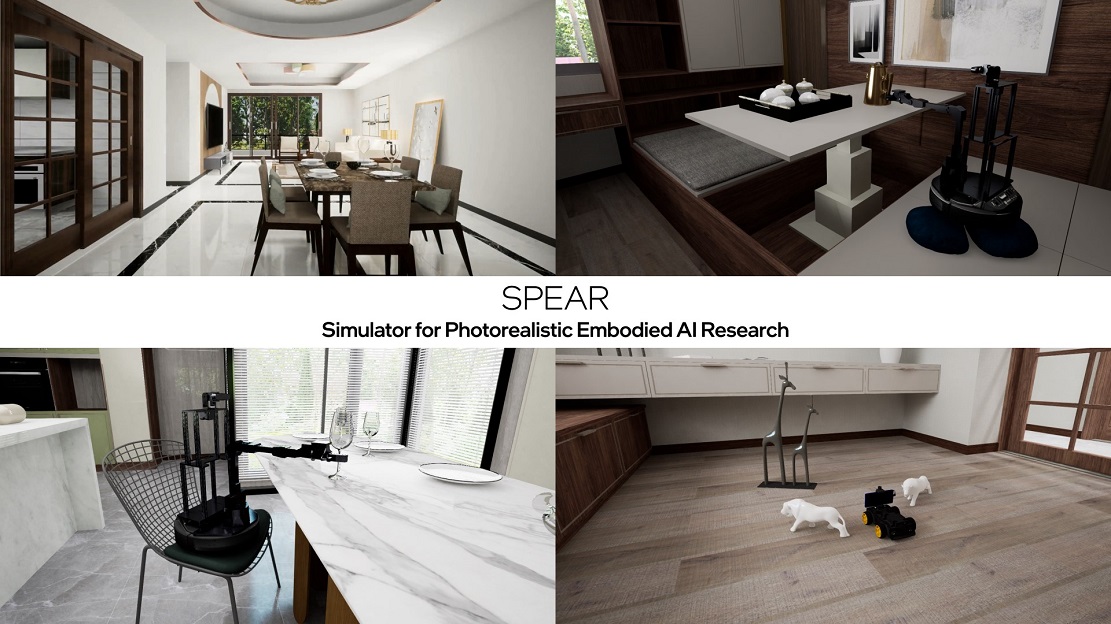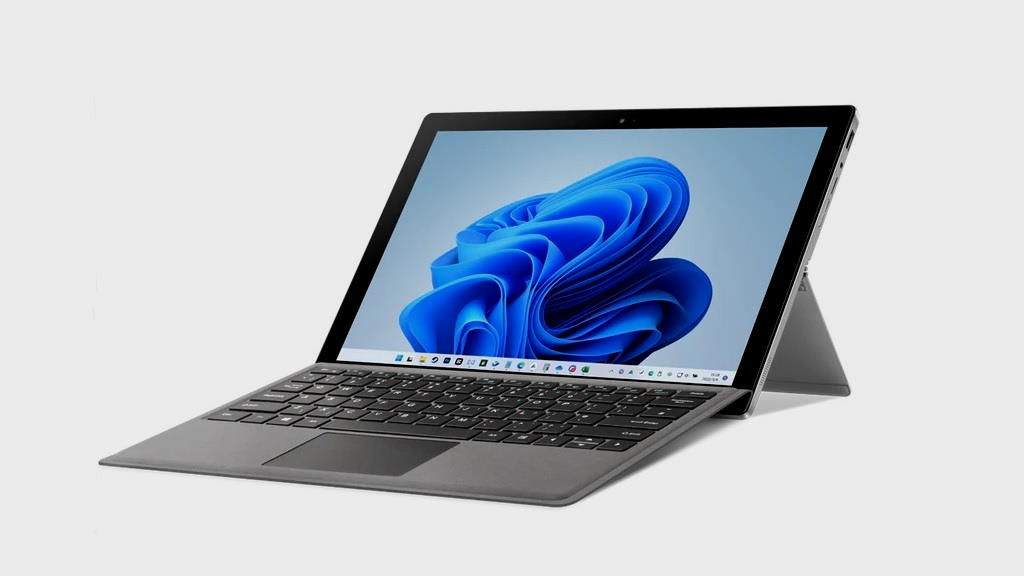
The Intel Labs team has surprised us with the presentation of SPEAR, a simulator that takes a highly realistic approachthanks to its graphics that offer a quality that borders on photorealism, and also to its physics system and its high degree of interaction with each and every one of the elements that it is capable of representing.
We have said that SPEAR is a simulator, but what exactly can it simulate? Surely the images in the article will have helped you deduce the answervery rich and varied interiors, not only for its spaciousness, since it can generate from huge rooms to small rooms, but also due to the large number of decorative elements and objects that you can play.
Its mission is very easy to understand, this simulate from Intel Labs will allow train and validate artificial intelligence systems that can be used in robots that will perform different tasks indoors. Think, for example, of the potential that this would have when training a robot dedicated to cleaning tasks or handling certain objects in order to tidy up a room.
Artificial intelligence has to be properly trained to know how an object will react when you interact with it, and in this sense, aspects as important as its weight, its resistance and the fragility of some of its parts come into play. Understanding all this is an essential part of the artificial intelligence inference process, and SPEAR is emerging as a fundamental tool in this regard.
Said simulator has been developed based on three different keys: offering a wide number of different environments, guaranteeing a realistic physics system that covers a wide variety of objects and raising the graphic quality as much as possible to get closer to photorealism. Although these three pillars are fundamental, it is evident that the most important advance that Intel Labs has achieved with SPEAR is not so much in the realism of the environment, but rather in the possibilities of interaction offered and in its physics system.
SPEAR has also been built as an open source simulator, and features four differentiated agents that we can use:
- The openbot agent, which provides image observations identical to those of a real-world OpenBot, implements an identical control interface, and is modeled with precise geometry and physical parameters. It is recommended for experiments simulating reality.
- The Fetch and LoCoBot agents They have also been modeled using precise geometry and physics, and each has a gripper that interacts highly realistically with the objects in the simulation. These agents are intended to recreate reordering tasks.
- The agent camera You can freely teleport anywhere, and it’s very useful for realistic data collection.
All agents return data from first person observations of the sensors present in their cameras, and also provide useful information from other elements, such as the encoders of the wheels and joints, and other important data related to imperfections in the observation.
As I told you before, SPEAR is available under an open source MIT license. We can find more information on GitHub. This project has been carried out by Intel Labs in collaboration with the Computer Vision Center of Spain, Kujiale in China and the Technical University of Munich.




